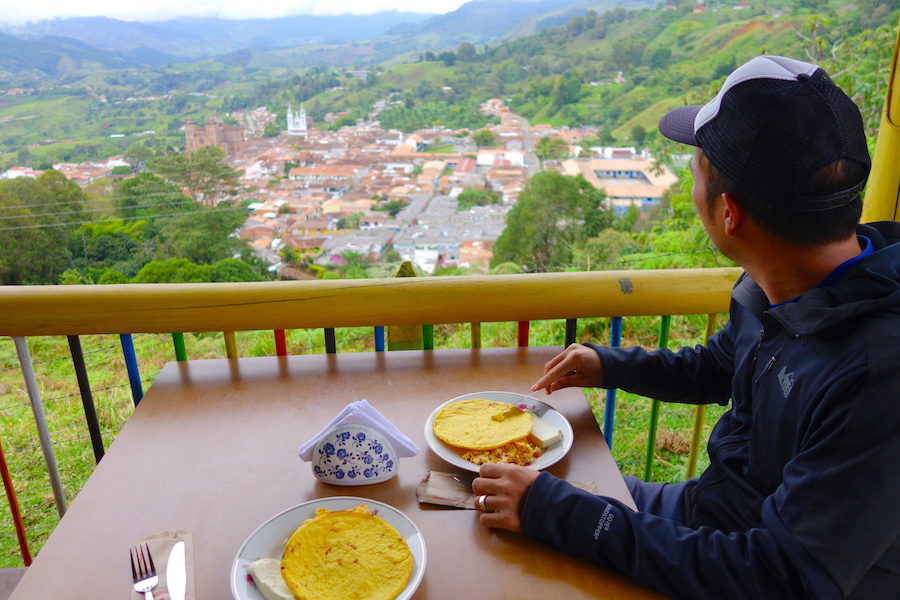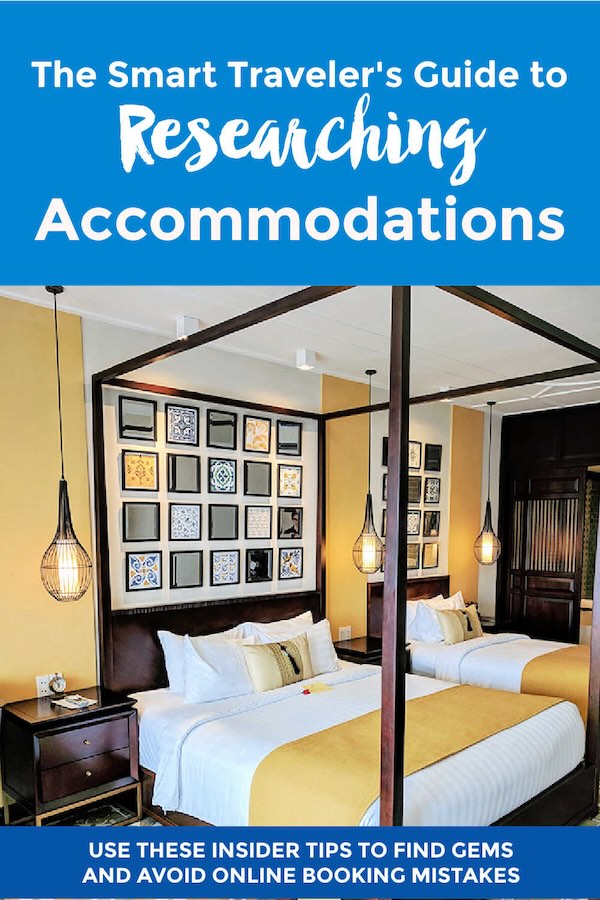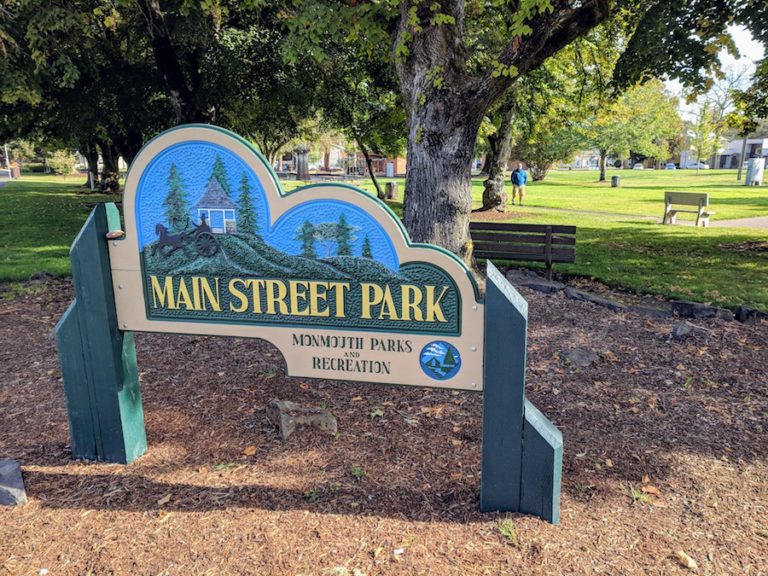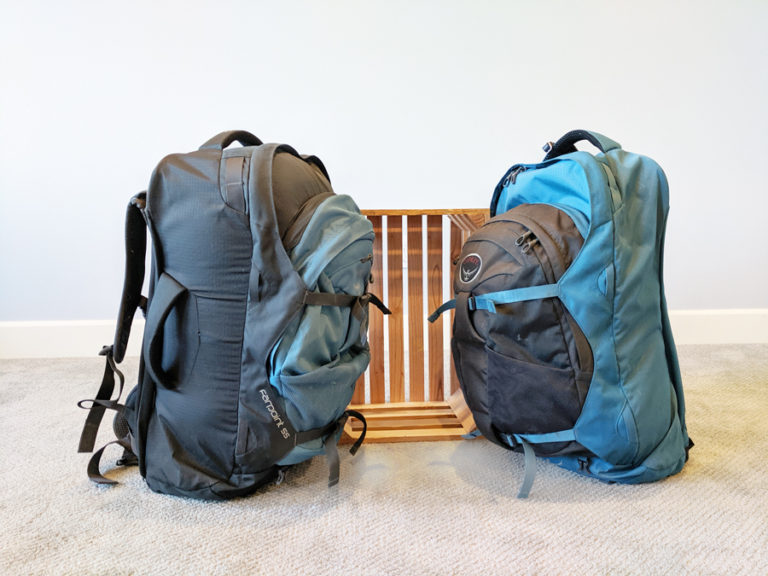How to Choose the Right Travel Accommodations: Insider Tips for Every Budget
We have been traveling as digital nomads for over a decade, learning the ins and outs of all types of accommodations and how to choose stays that become the highlight of a trip.
From our early days after volunteering with Peace Corps, when we spent $0 on accommodations despite visiting multiple countries, to our continual adventures living and working across five continents, we’ve tried it all.
Homestays, hotels, hostels, apartment rentals, tiny houses – you name it.
We have learned a lot of lessons about finding accommodations over the years. I want to help you skip the mistakes we’ve made and improve your trips when it comes to finding the best places to stay for YOU.
The perils of poor accommodation choices
Choosing where to stay can significantly impact your trip, for the better or for worse.
The wrong accommodations can lead to a cascade of travel troubles that go beyond mere dissatisfaction. For example:
Overspending: Paying more than necessary for a place still might not meet your expectations or needs.
Inconvenience: Staying in the wrong area can increase your daily transportation costs and travel time to attractions and food.
It’s also a huge hassle if the stay doesn’t meet your needs and you actually need to rebook. Scrambling to find new lodgings, often at a higher last-minute price, is a huge headache.
Safety issues: Location and facilities can affect your risks for theft, robbery, and other crime.
Unnecessary stress: Instead of enjoying your destination, you might be dealing with broken fixtures, difficulty finding the place, or unexpected construction next door.
Wasting time on issues like these are not a great recipe for relaxation and are only exacerbated if management or host communication is poor.
Poor sleep: Things like subpar beds, thin walls, poor climate control, and noisy neighborhoods can impact the sleep you need to wake up refreshed and ready to explore.
Disappointment: When photos and online descriptions don’t match reality, the excitement of arriving in a new destination might be replaced with regret for your choice.
Scams: Sadly, accommodation booking scams these days can include paying unnecessary fees on bookings or unknowingly making fake reservations, and – in some cases – even identity theft.
Smarter stays: Why getting it right matters
There are plenty of places to stay that will be fine and not give you too much trouble. But do you really want to settle for mediocre accommodations?
Gem accommodations improve your travel experience every single day of your trip.
Here’s how:
- You’re physically comfortable and well rested
- You save time and money being located near great places to eat or grocery shop
- You enjoy easy accessibility to attractions
- You stay within budget
- You’re not anxious about safety
- You have a place to retreat and recharge
- You wake up without worries, excited to explore
- You’re delighted by the attractive interior and views out the window
- Your accommodation becomes a memorable part of the destination
- You connect with the surrounding community and culture
I have good news! Finding gems that tick all these boxes is entirely doable. Even if you’ve never set foot in the destination before. Even if you don’t know anyone else who has been to the destination.
The internet makes it all possible. You just need to know how to harness this tool.
Guide to finding accommodations: Steps every traveler should do
1. Understand your needs vs. preferences
Don’t neglect spending a little time to intentionally set your priorities for each trip.
Distinguishing between “must have” essentials and less important preferences is a key way to streamline your trip research. Your travel style and needs are unique, and this step will make sure you don’t compromise on what will matter most.
As you consider your trip and personal preferences, consider what types of accommodations would be best suited. This might include traditional hotels, budget hostels, furnished apartments, vacation homes, local best and breakfasts, luxury resorts, homestays, or unconventional options like skill swaps and exchanges.
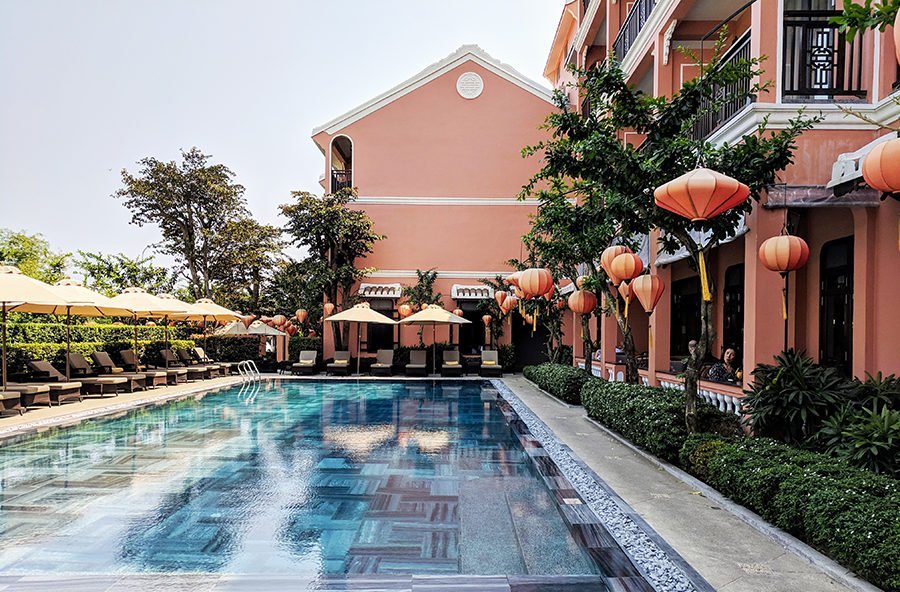
TIP: If you have my Smart Stay Finder course, you can use my Travel Accommodations Preferences worksheet and video lesson to make sure you don’t overlook important things to clarify for yourself before each trip. This allows you to shortcut your research and avoid analysis paralysis later on.
2. Choose a platform (or two) that suits your travel style
Once you know your priorities and accommodation style, you need to choose a platform (a.k.a. website or app) with accommodations that fit your criteria.
There are dozens, if not hundreds, of booking platforms to choose from on the internet. Each has different benefits, but honestly, a lot of them are pretty similar.
In fact, many of the big name accommodation sites are owned by the same parent company! As you can imagine, there’s going to be a lot of overlap.
Knowing which platforms are reputable and suit your accommodation style is crucial. Otherwise, you can waste a lot of time and end up with any number of the “perils” we discussed above.
But even more important, in my opinion, is to choose one or two platforms that you get to know really well.
Why? Once you’re familiar with the ins and outs of a website, you can more quickly find the information you need and make choices more decisively.
If you have my Smart Stay Finder course, the “Where To Research Accommodations” module will help you figure out which booking platform is right for you, which ones are owned by the two major booking corporations, and the closest thing to a “one stop shop” where you can compare (almost) all deals in one place.

3. Search strategically
Every great online booking platform has ways to search and filter results. Using these filters effectively is the key pinpointing the perfect place to stay and drastically reducing the time you spend researching.
There sheer number of options out there online is incredible. Having a wealth of choice may seem like a good thing at first, but most travelers find it overwhelming. And trust me, the options are NOT all great.
To research efficiently, you need to learn how to quickly eliminate unsuitable options.
With a strategic research plan that uses the priorities we talked about in step one, you want to narrow down search results to a manageable number of possibilities. These results will already match your unique must-have essentials and budget, so next it’s just a matter of comparing details on the top options.
TIP: In my Smart Stay Finder course, you can follow my step by step research process to skip the learning curve. Learn handy research shortcuts and watch bite-size video tutorials to see exactly how I put these strategies into practice.
4. Spot the red flags
Knowing when to trust the information you find online can be a challenge for many travelers. One of the biggest complaints I hear is that the place doesn’t look like the pictures or doesn’t live up to its description on the website.
Choosing a good place to stay does not have to be a gamble. Often the poor choices we’ve made choosing hotels in the past were completely preventable.
Once I learned how to read between the lines and spot red flags on hotel listing pages, we were effectively able to eliminate disappointing stays from our itineraries.
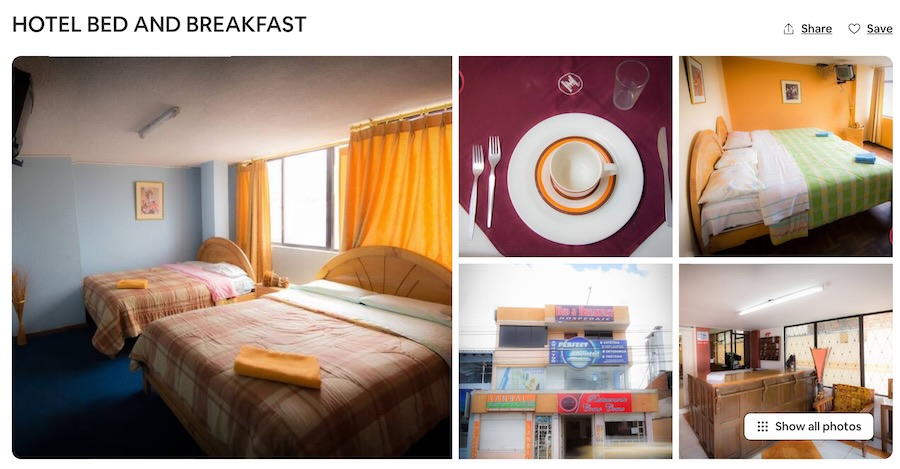
User reviews online can be incredibly helpful for spotting red flags and gaining confidence that a place will live up to expectations. And the good news is you don’t have to waste time reading every single review either!
By learning to use a platform’s search functions and filters, and watching out for clues in the listing that don’t fit your preferences, you can quickly sort through the most ideal stays and confidently select a winner for your trip.
Accommodation mistakes to avoid
Not sure what I mean by red flags? Here are examples of some clues that you might not get what you’re hoping for, or that might cause issues you don’t anticipate:
- Outdated photos that don’t depict the current state of furnishings
- Fine print on cancellation policies
- Extra fees and taxes not included in the listed price
- Inconvenient location, sketchy neighborhood, or street noise not mentioned in listing
- Listed amenities that aren’t as good as they sound or missing altogether
- Poor communication with guests by the management
- Subpar cleaning
If you’re not sure how to identify red flags like these, there’s a whole lesson in the Smart Stay Finder course where we cover exactly what to look for (and where) to drastically reduce your risk of a disappointing stay.
Final thoughts on choosing the best travel accommodations
With the right tools and knowledge, you can confidently choose places to stay that not only meet your needs but also improve your trip as a whole.
If you’re ready to take your accommodation booking skills to the next level, consider exploring my Smart Stay Finder course.
Your next steps: Smart Stay Finder course for better travel
I created this course to help you make more informed decisions quickly and efficiently, with the tools and strategies I’ve honed over decades of trip planning.
The tips I mentioned above are not rocket science to put into practice, but some of them might be one or two steps beyond what you’re already doing with your online trip research.
If you don’t want to scour the internet for how to’s, I can show you everything you need to know step by step.
The bite-size video tutorials are pre-recorded, so you can start at any time and go through at your own pace.
Here’s a quick overview video to show you what the course looks like when you enroll:
If you’re planning your own trips, I encourage you to equip yourself with the knowledge and skills to ensure every trip you plan is memorable for all the right reasons. I’d love to help!
Like this post? Pin it for later or share with friends!


